Sales Outlook for Porsche AG in China: Analysis and Future Prospects
Porsche AG faced a significant decline in sales in China, reaching its lowest level in over a decade. This downturn has raised concerns about the company’s future prospects as a leading luxury car manufacturer. The intensifying competition from local manufacturers, coupled with impending tariffs in the US, necessitates a strategic reassessment for Porsche.
Sales Figures in China
According to reports, Porsche's sales in China decreased by 42% compared to the same period last year, with total deliveries amounting to just 9,471 vehicles. This figure marks the worst quarterly performance for the company in the Asian nation since 2013, prompting the need for new strategies to strengthen its market position.
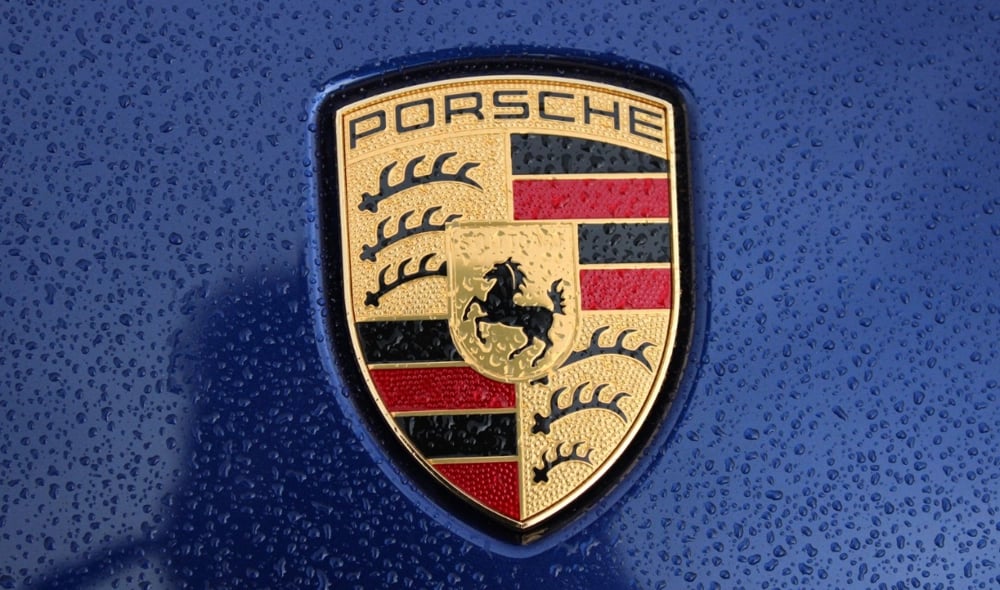
Competition in the Chinese Market
One of the key challenges impacting Porsche's performance is the fierce competition from domestic car manufacturers. Local companies are rapidly innovating, introducing vehicles that attract the attention of Chinese consumers due to their combination of high quality and affordable pricing. This scenario creates significant difficulties for European brands, which, despite their reputation and heritage, find their market share dwindling.
Lack of Local Production Facilities
The situation is exacerbated by Porsche’s lack of manufacturing facilities in the US, making it more vulnerable to tariffs and taxes that are set to be implemented for foreign car manufacturers. These upcoming tariffs could dramatically affect demand for Porsche vehicles in its largest market worldwide.
Potential Consequences of New Tariffs
Increased prices for Porsche cars in the US;
Reduced competitiveness in the American market;
Risk of losing market share in key segments.
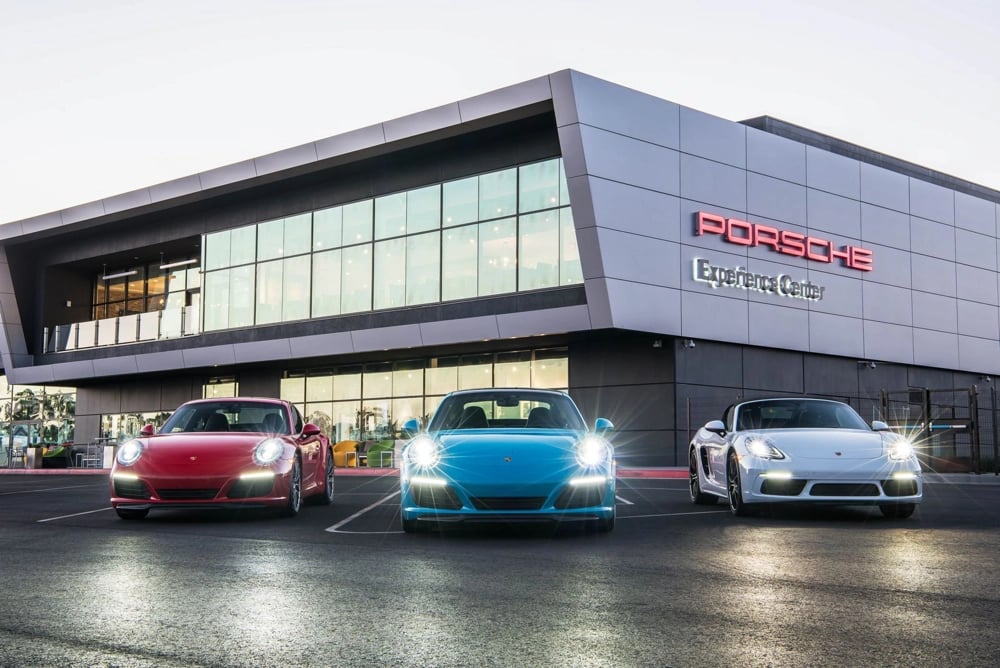
Future Strategy
To navigate these challenges, Porsche may need to consider several strategic options:
Investing in Local Production: Establishing assembly plants in China or the US to mitigate tariff impacts and reduce lead times for deliveries.
Expanding the Model Range: Introducing more affordable models that could cater to a broader consumer base.
Enhancing Marketing Efforts: Actively promoting the brand and its offerings amidst growing competition.
Success Factors
To protect its market position, Porsche should focus on the following areas:
Innovations in electric vehicle production;
Improving customer service levels;
Developing strategic partnerships with local manufacturers.
As the experience of Porsche AG demonstrates, the dynamics of the automotive market can shift rapidly. Given the sales decline and increasing competition, the company must act swiftly and decisively to maintain its standing as a luxury vehicle manufacturer. Successfully implementing strategies to adapt to current challenges can mean the difference between survival and failure in the world’s largest markets.


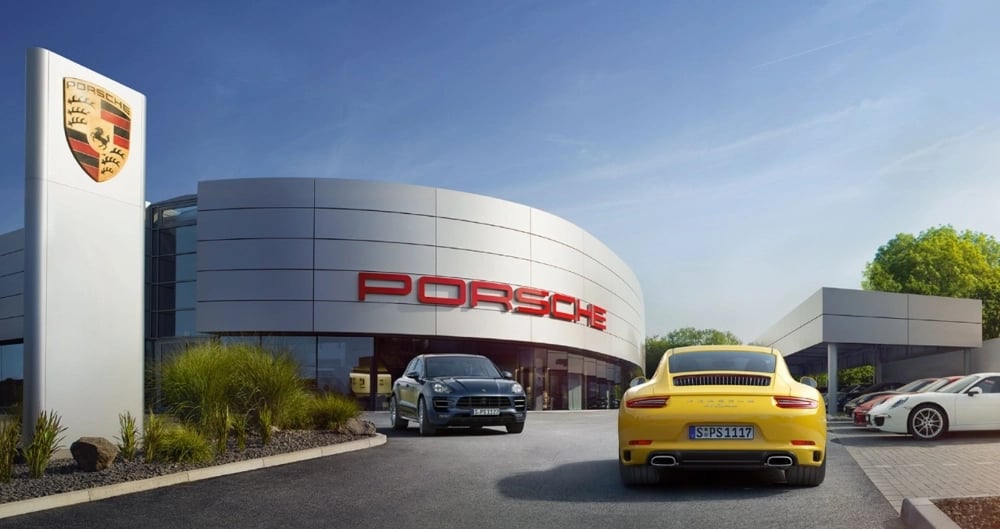






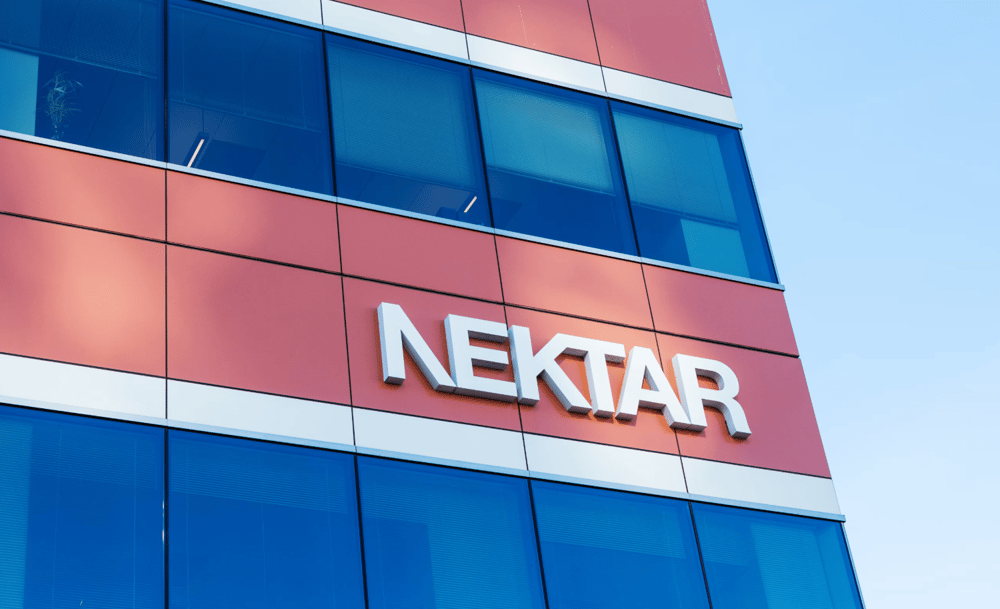
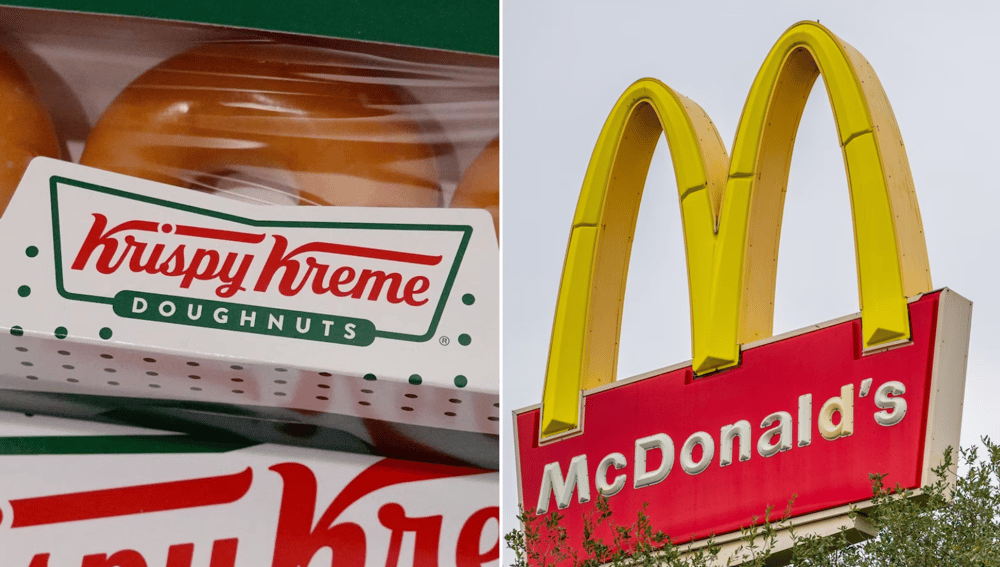




Comments
The challenges facing Porsche in China highlight the urgent need for innovation to stay ahead in the competitive luxury car market.
Porsche's struggles in China highlight the urgent need for innovation to stay ahead in the luxury market.